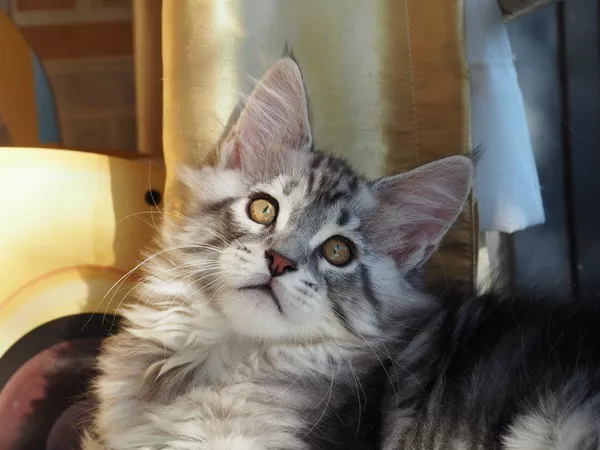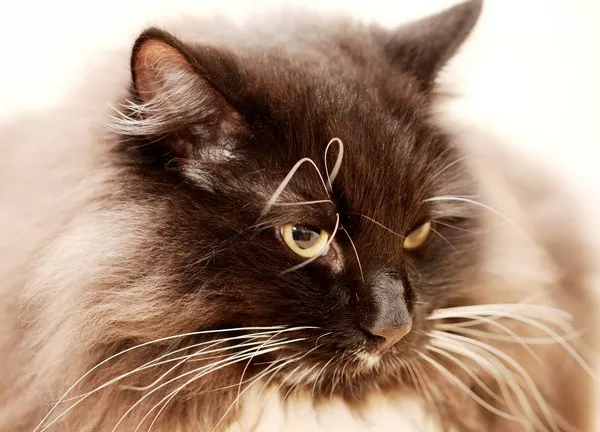Bringing a Ragdoll kitten into your home is an exciting and joyous occasion. Ragdolls are known for their affectionate nature, stunning appearance, and gentle temperament, making them popular choices for cat lovers around the world. However, as a responsible pet owner, it’s essential to provide your Ragdoll kitten with the proper nutrition during their formative months. In this article, we explore the feeding schedule for Ragdoll kittens, including how long to feed them kitten food, to ensure they grow up healthy, happy, and strong.
Understanding Ragdoll Kitten Nutrition: The Importance of Kitten Food
Before determining how long to feed your Ragdoll kitten kitten food, it’s crucial to understand the nutritional needs of young felines.
1. Nutritional Requirements:
Ragdoll kittens, like all kittens, require a diet that is specially formulated to meet their unique nutritional needs during their early months of life. Kitten food is rich in essential nutrients, including protein, fat, vitamins, and minerals, that are vital for healthy growth and development.
2. Building Blocks for Growth:
During the first few months of life, Ragdoll kittens undergo rapid growth and development. Proper nutrition is essential during this critical period to support healthy bone and muscle growth, cognitive development, and immune function. Kitten food provides the necessary building blocks for these processes, ensuring your Ragdoll kitten reaches their full potential.
3. Transition to Adult Food:
While kitten food is formulated to meet the specific needs of growing kittens, it is not intended to be fed indefinitely. As Ragdoll kittens mature and reach adulthood, their nutritional requirements change, necessitating a transition to adult cat food. Determining the appropriate timing for this transition is essential for your kitten’s long-term health and well-being.
Establishing a Feeding Schedule: Guidelines for Ragdoll Kitten Nutrition
Creating a feeding schedule for your Ragdoll kitten involves more than simply providing food on a regular basis. It requires careful consideration of factors such as age, weight, activity level, and individual dietary preferences.
1. Early Weeks:
During the first few weeks of life, Ragdoll kittens rely exclusively on their mother’s milk for nutrition. If you are caring for a newborn Ragdoll kitten, ensure they have access to their mother’s milk or a suitable milk replacement formula to support their growth and development.
2. Introduction of Solid Food:
Around three to four weeks of age, Ragdoll kittens begin to show interest in solid food and may start nibbling on kitten kibble or canned food. At this stage, you can gradually introduce moistened kitten food to their diet to help them transition from milk to solid food. Offer small amounts of softened kitten food several times a day to encourage eating.
3. Feeding Frequency:
As Ragdoll kittens grow and mature, their feeding frequency and portion sizes will evolve. From around four to six weeks of age, gradually transition your kitten to eating solid food exclusively. Offer kitten food four to six times a day in small, frequent meals to accommodate their small stomachs and high energy levels.
Duration of Kitten Food Feeding: Transitioning to Adult Food
Determining how long to feed your Ragdoll kitten kitten food depends on various factors, including their age, growth rate, and overall health.
1. Growth and Development:
Ragdoll kittens typically reach their full size and maturity between one to two years of age. During this period of rapid growth and development, it’s essential to continue feeding them kitten food to ensure they receive the necessary nutrients for healthy bone and muscle development, cognitive function, and immune support.
2. Gradual Transition:
Around the age of one year, you can begin to transition your Ragdoll kitten from kitten food to adult cat food. Start by mixing small amounts of adult cat food into their kitten food and gradually increasing the proportion of adult food over several weeks. This gradual transition helps prevent digestive upset and allows your kitten to adjust to the new diet gradually.
3. Monitoring Growth and Health:
As you transition your Ragdoll kitten to adult food, monitor their growth, weight, and overall health closely. If your kitten experiences any changes in appetite, energy level, or stool quality during the transition, consult with your veterinarian for guidance. Your veterinarian can provide personalized recommendations based on your kitten’s individual needs and ensure they continue to receive optimal nutrition as they mature.
Conclusion: Providing Optimal Nutrition for Your Ragdoll Kitten
In conclusion, determining how long to feed your Ragdoll kitten kitten food requires careful consideration of their age, growth stage, and nutritional needs. Kitten food plays a vital role in supporting healthy growth and development during the formative months of life, providing essential nutrients for bone and muscle development, cognitive function, and immune support. As your Ragdoll kitten matures, gradually transition them to adult cat food to ensure they continue to receive optimal nutrition into adulthood. By following a well-balanced feeding schedule and monitoring your kitten’s growth and health, you can provide them with the best possible start in life and set the foundation for a lifetime of health and happiness.
Determining how long to feed your Ragdoll kitten kitten food requires careful consideration of their age, growth stage, and nutritional needs. Kitten food plays a vital role in supporting healthy growth and development during the formative months of life, providing essential nutrients for bone and muscle development, cognitive function, and immune support. As your Ragdoll kitten matures, gradually transition them to adult cat food to ensure they continue to receive optimal nutrition into adulthood.


























